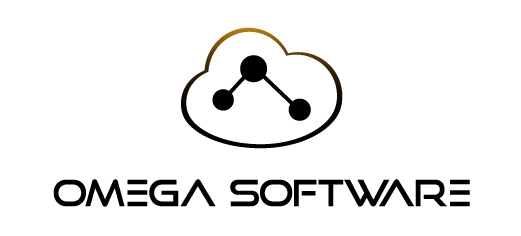Running a successful restaurant requires a delicate balance of supply, demand, and cost control. Effective inventory management for restaurants is crucial for achieving this balance. In this guide, we explore the realm of inventory management and provide a comprehensive set of best practices tailored for restaurants. We have integrated insights from an invaluable blog post to offer you the most up-to-date information.
Achieving success in the restaurant industry requires a delicate balance of supply, demand, and cost control. A key element in striking this balance is effective inventory management. In this guide, we delve into the intricacies of managing restaurant inventory and present a set of best practices tailored to the unique challenges of the culinary world.
The Heart of Inventory Management for Restaurants: Food Items and the Challenge of Waste
Food items are at the core of any restaurant’s inventory. This abundance, however, comes with the challenge of waste and accumulated food costs, posing a threat to profits. Properly handling inventory is not just a choice but a vital necessity for the success of any food business.
Navigating the Rising Tide of Food Prices
As we navigate the rising tide of food prices, effective inventory management for restaurants becomes crucial for watching inventory levels and maintaining a tight grip on costs. It offers a shield against cost uncertainties and ensures that all expenses are kept within manageable limits.
Decoding Inventory Management for Restaurants
Managing restaurant inventory involves a detailed process of monitoring supplies and ingredients. This process is crucial for ensuring smooth operations, including ordering based on requirements and proper storage in accordance with shelf life and expiration dates. The importance of effective inventory management for restaurants cannot be overstated, as it plays a vital role in the long-term sustainability and operational workflow of a restaurant.
Frequency Matters: Striking the Right Balance in Inventory Checks
Determining how often to check inventory is an ongoing debate in the restaurant industry. A nuanced approach is recommended, recognizing the varying shelf lives of different food items. A daily record-keeping system is advised to ensure the quality of perishables and to determine the required quantity for the next day. For non-perishables, a monthly check is advised to control damages, breakages, and theft, with daily checkups for all items maintaining a proactive stance.
Mastering Inventory Management For Restaurants with Best Practices
1. Create a Consistent Count Schedule
Consistency is the cornerstone of effective inventory management. Whether daily, weekly, or monthly, a regular count schedule ensures the manageable cost of goods sold calculations. This consistent data becomes a valuable asset for decision-making, enabling the recognition of shifts in ordering patterns.
2. Plan Ahead for Seasonal Items
Acknowledging the flow of seasonal items, planning ahead becomes indispensable. Checking inventory needs in advance sets expectations for orders and facilitates the timely removal of items from the menu. This strategic foresight prevents both overstock and understock scenarios.
3. Track Your Sales
A key to mastering inventory management for restaurants is tracking sales. Leveraging a Point of Sale (POS) system allows for checking and forecasting of sales. Sales reports become a compass, guiding adjustments in inventory to align with updated needs.
Conclusion:
In conclusion, the integration of timeless best practices with contemporary insights ensures that restaurants not only manage their inventory effectively but also flourish in the competitive landscape. This guide serves as a roadmap, empowering restaurants to navigate challenges, reduce costs, and elevate their culinary journey to new heights.

